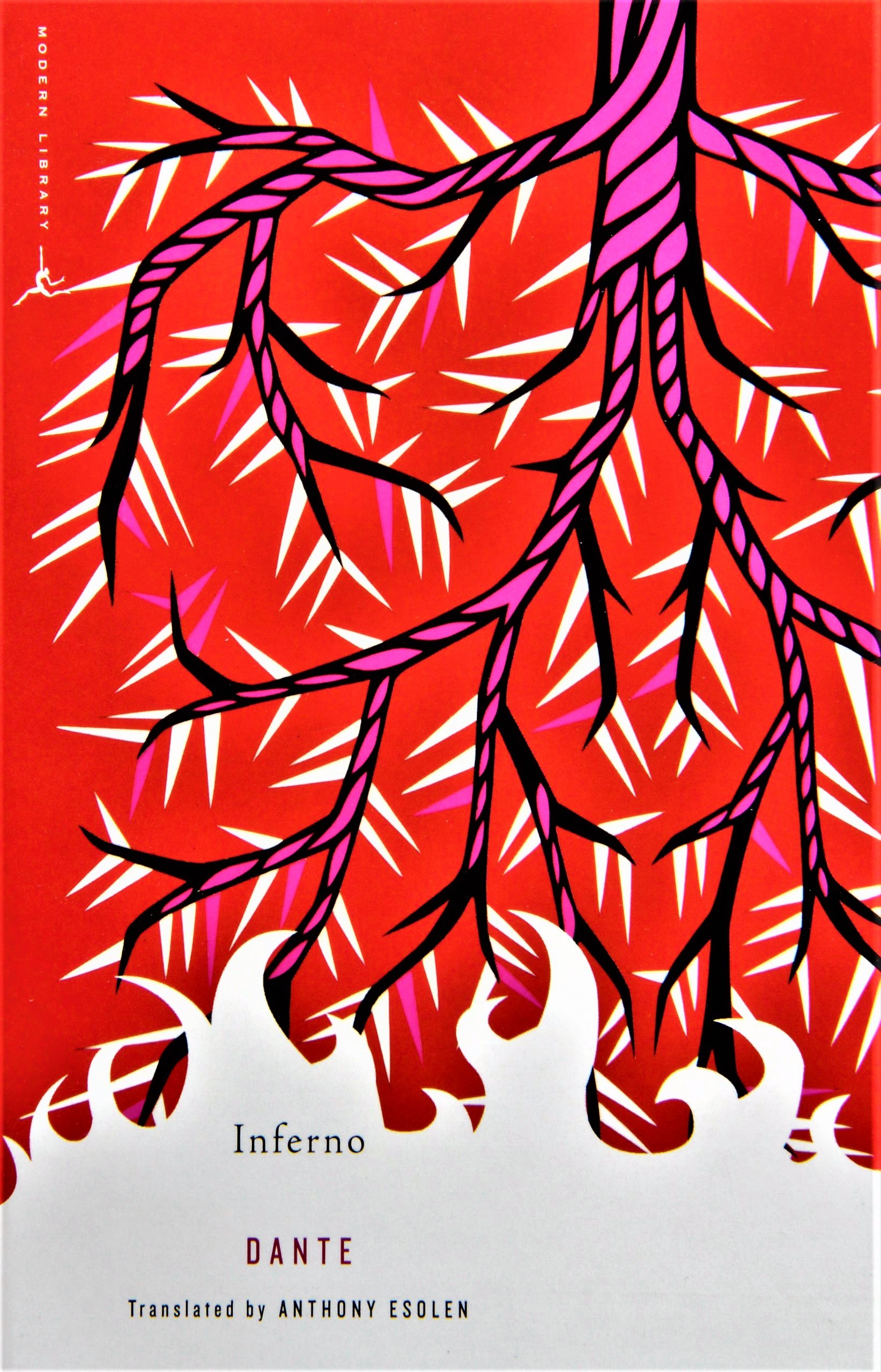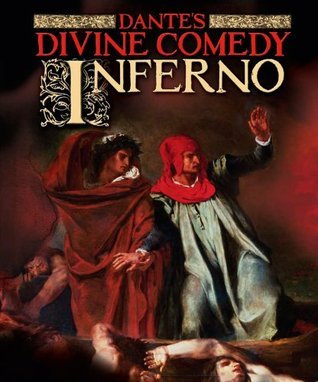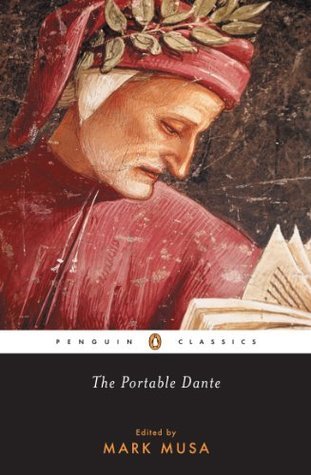
Inferno
Book Description
Lost in a dark forest, one man's desperate quest for redemption plunges him into the terrifying depths of Hell itself. Guided by a legendary poet, he encounters the tormented souls trapped in sinister circles, each bearing the weight of their sins. Raw emotions clash in a landscape of unimaginable horrors, where choices echo through eternity. As he navigates betrayal, despair, and fleeting hope, the very essence of humanity is on the line. Will he emerge with newfound wisdom, or will he be consumed by the darkness? Journey through the infernos of the soul—where fate hangs by a thread. What awaits at the journey's end?
Quick Book Summary
Inferno, the first part of Dante Alighieri's epic Divine Comedy, chronicles Dante’s allegorical journey through Hell. Lost in a dark forest, Dante is guided by the ancient Roman poet Virgil after being confronted by terrifying beasts. Together, they descend through the nine gruesome circles of the Inferno, each punishing a specific category of sin—from limbo and lust to treachery. Through vivid, symbolic encounters with historical, mythological, and contemporary figures suffering for their misdeeds, Dante reflects on justice, the consequences of human choices, and the possibility of redemption. Each circle reveals a deeper understanding of sin’s true nature and its effects on the soul. Ultimately, Dante’s journey is not just through Hell, but toward self-knowledge, spiritual awakening, and hope for salvation.
Summary of Key Ideas
Table of Contents
The Nature and Consequences of Sin
Dante’s journey begins with his awakening in a dark, tangled forest, symbolizing confusion and sin. Overcome by despair and threatened by fierce beasts, Dante is unable to find his way out until he is rescued by the spirit of Virgil, representative of reason and classical wisdom. Virgil offers to guide him through Hell and prepare him for the ascent toward salvation. This initial stage establishes the central allegory: Dante’s descent into Hell as a metaphor for confronting one’s own shortcomings, moral crises, and the desire for redemption.
Guidance and the Role of Virgil
Their descent through Hell is meticulously organized into nine circles, each representing escalating forms of sin: limbo, lust, gluttony, greed, wrath, heresy, violence, fraud, and treachery. In each circle, Dante witnesses the suffering endured by sinners, whose punishments are poetically suited to their crimes. For instance, the lustful are blown about by winds, symbolizing uncontrolled passion, while traitors are encased in ice, reflecting their emotional coldness. These vivid, often grotesque punishments serve to illuminate the Christian medieval concept of contrapasso—punishment echoing the sin’s nature.
Justice and Divine Retribution
Virgil acts as Dante’s constant companion, providing moral interpretation and protection. He explains the rationale behind divine justice, answers Dante’s questions, and sometimes shields him from dangers and overwhelming emotions. Virgil’s role is limited: as a pagan, he cannot enter Paradise. This limitation underscores the importance of both reason and faith—reason can guide one far, but ultimately spiritual redemption requires divine grace. The mentorship also symbolizes human reliance on both inherited wisdom and personal growth when navigating life’s challenges.
Symbolism and Allegory in Hell's Structure
Throughout the journey, Dante engages with a range of souls: historical figures, mythological characters, and contemporary politicians, often expressing sorrow, shock, or even pity. These encounters convey deeper philosophical and theological principles—Hell, in Dante’s vision, is not merely a place of physical torment but a spiritual state defined by the soul’s choices and moral failures. Through dialogue and observation, Dante learns about repentance, justice, and the lasting effects of free will, reflecting a medieval worldview where actions in life dictate one’s eternal fate.
The Path to Redemption
Emerging from the deepest circle, after confronting Satan himself, Dante and Virgil at last ascend toward the surface. The harrowing journey through Hell has profoundly changed Dante. He has experienced suffering, confronted the nature of evil, and recognized the necessity of humility and repentance. The Inferno leaves Dante—and the reader—aware of humanity’s capacity for both depravity and transformation, setting the stage for his continued quest through Purgatory and, ultimately, the promise of spiritual enlightenment and redemption.
Download This Summary
Get a free PDF of this summary instantly — no email required.





